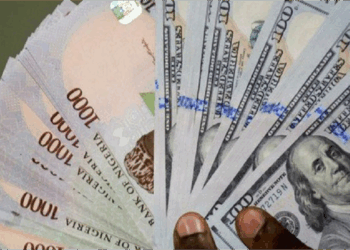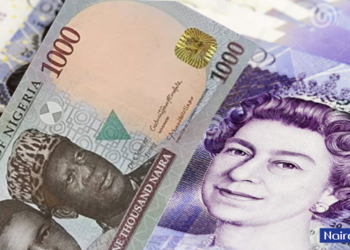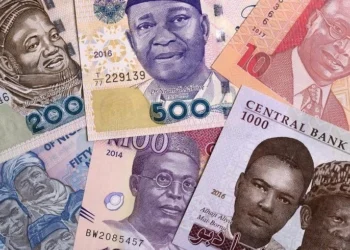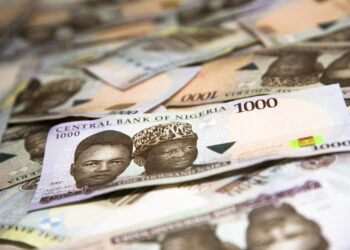The naira at the black market dropped to its lowest level in nearly eight weeks despite the dollar languishing at four-month lows as currency traders were positioned for deeper-than-expected interest rate cuts by the Federal Reserve in 2024.
The naira traded at N1260 to the dollar at the parallel forex market where forex is sold unofficially.
Nigeria has faced serious FX shortages since the pre-pandemic period of low oil prices, which prompted foreign investors to exit their local assets and repatriate their profits in dollars.
The dearth of dollars eventually causes the naira to weaken because there is more demand for the few dollars available, increasing the value of the dollar as the local currency.
Furthermore, the naira is likely going to have greater difficulties in the coming year because of Nigeria’s poor economic performance.
PricewaterhouseCoopers anticipated that Nigeria’s slow growth rates, which were 2.5% in the second quarter and 2.3% in the first, would persist until 2024. The IMF’s forecast for 2024, at 3.3%, is hardly any better.
Mr. Yemi Cardoso, the CBN chief, in his most recent statement, highlighted the decrease in revenue from oil exports in the upcoming year.
The OPEC quota for Nigeria, which is set at 1.78 million barrels per day, will likely result in lower oil industry revenue for Nigeria next year, according to Mr. Cardoso.
He made references to production stoppages, crude oil theft, and divesting from major oil companies as the reasons behind the nation’s poor oil output in recent years. Additionally, the CBN Chief expects oil export revenue to decline in the coming year.
The greenback was set to lose about 2% this week after the Fed said it was done raising interest rates and projected deeper rate cuts in 2024.
The Fed’s dovish speech also spurred deep losses in U.S. Treasury yields and diminished the dollar’s appeal as traders began speculating over just when the Fed would begin trimming interest rates.
The dollar was set for its steepest weekly drop against major currencies since July, weighed by growing prospects of U.S. rate cuts next year, while the euro and pound found support on Friday as central banks in Europe stuck to their hawkish paths.
The focus now shifts to the Bank of Japan’s meeting the following week; as expectations of the BOJ to abandon its extremely loose monetary policy wane, the central bank is expected to end the year as one of the most dovish in the world.
Traders gained greater clarity on the timing of interest rate cuts during a busy week for central banks when Federal Reserve Chair Jerome Powell stated at the meeting on Wednesday that the tightening of monetary policy is likely to end and that talks about cuts are “coming into view.”.
That has resulted in the greenback sliding against rivals, with the dollar index at 102.01, not far from the four-month low of 101.76 it touched on Thursday.
The index is headed for its steepest weekly decline since July, having already dropped by almost 2%.
The CME FedWatch tool indicates that markets are pricing in a 75% chance of a rate cut by the Fed in March. They are also pricing 150 basis points of rate reductions by December 2024, which is double the Fed’s projections that implied 75 basis points of cuts the following year.






















